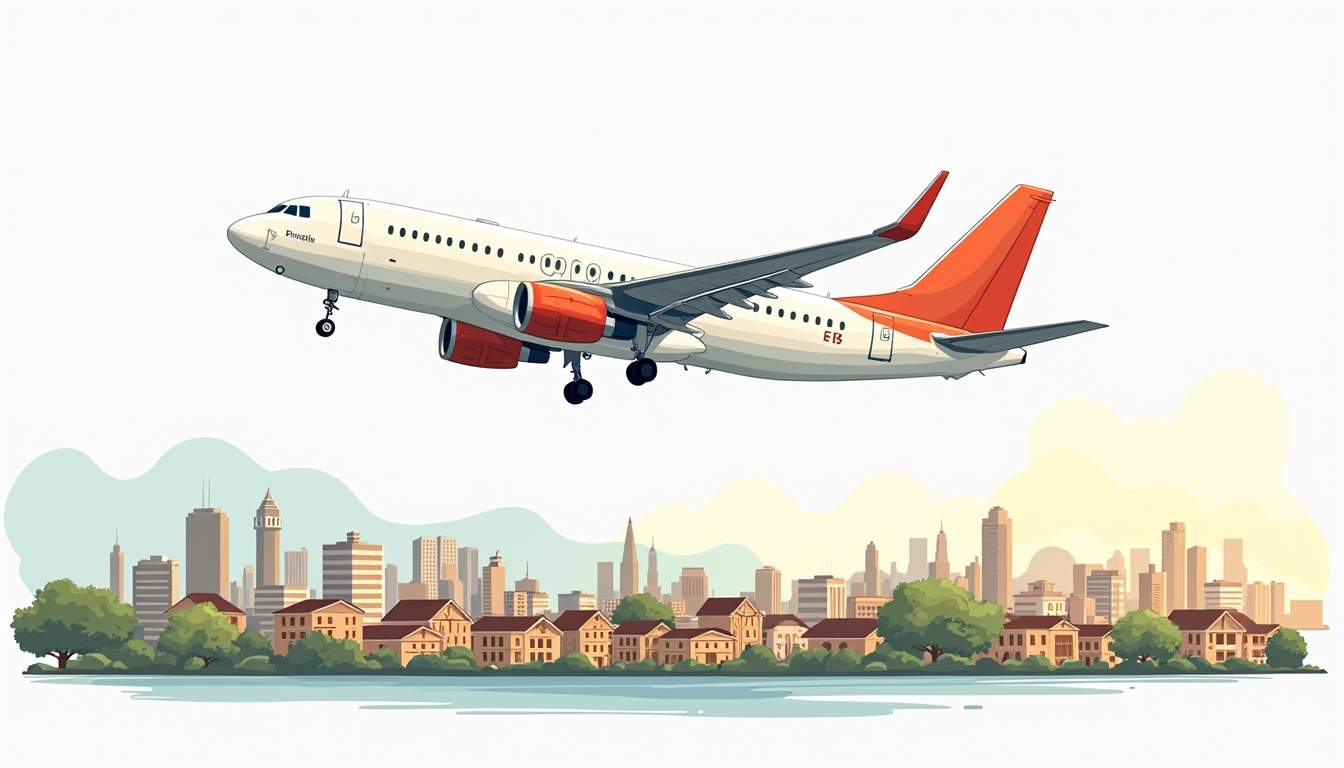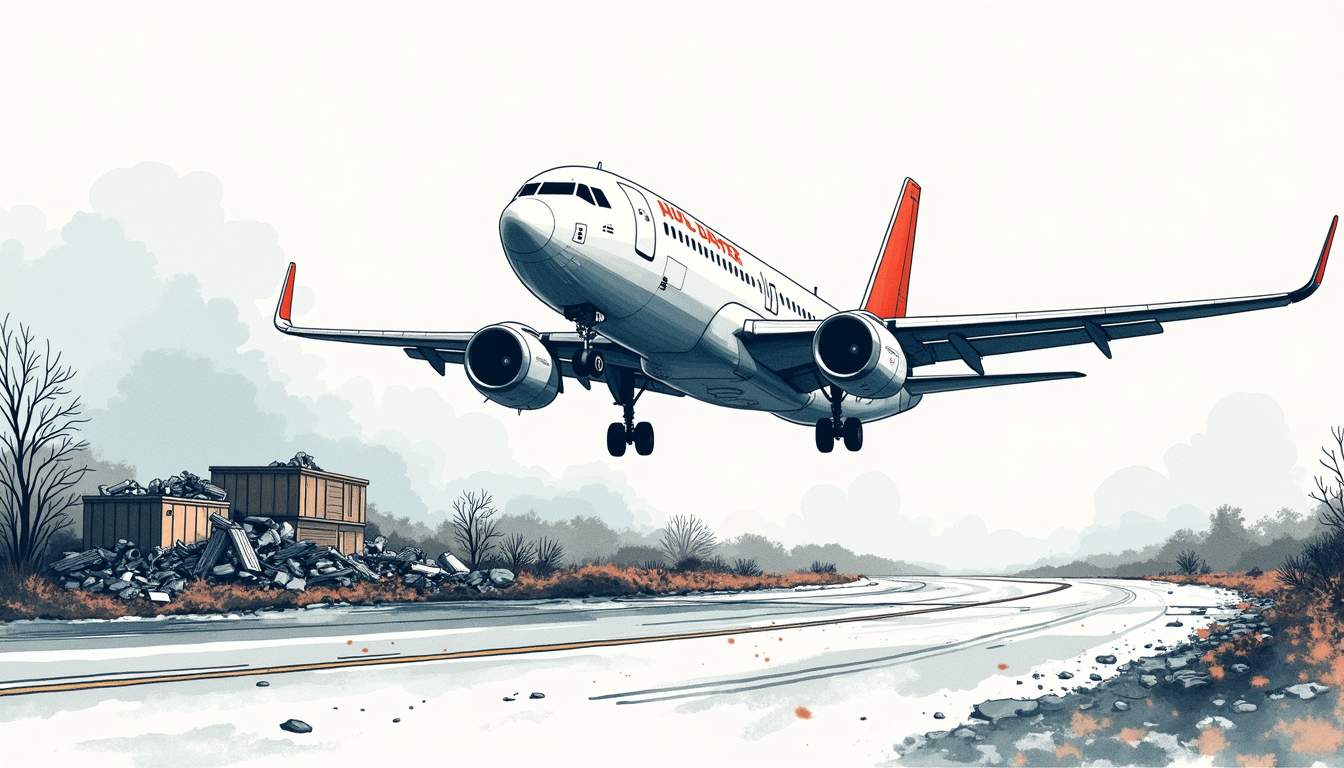In the face of natural disasters, humanitarian crises, and emergencies, the need for rapid response and efficient logistics becomes paramount. Air charter services have emerged as a critical component in disaster relief efforts, offering swift transportation of essential supplies, medical aid, and personnel to affected areas. This article explores the role of air charter in disaster relief, the benefits it provides, and the challenges faced in its implementation.
The Role of Air Charter in Disaster Relief
Air charter services play a vital role in disaster relief by facilitating the quick movement of resources and personnel. When traditional transportation methods are hindered by damaged infrastructure, air travel becomes a lifeline. Whether it’s delivering food, water, medical supplies, or evacuating individuals from danger, air charter services are often the most effective solution.
Rapid Response Capabilities
One of the most significant advantages of air charter services is their ability to respond rapidly to emergencies. In situations where every minute counts, the speed of air transport can mean the difference between life and death. Charter flights can be organized on short notice, allowing for immediate deployment to disaster-stricken areas.
Additionally, air charter services can access remote locations that may be unreachable by ground transport. This capability is particularly crucial in the aftermath of earthquakes, floods, or other disasters that may render roads impassable. Helicopters and small aircraft can land in confined spaces, delivering aid directly to those in need. The versatility of air charters not only enhances logistical efficiency but also enables the delivery of specialized teams, such as medical professionals or search and rescue units, who can provide immediate assistance on-site.
Transportation of Critical Supplies
During a disaster, the demand for critical supplies skyrockets. Air charter services enable organizations to transport large quantities of food, water, medical supplies, and other necessities quickly. This efficiency is essential for humanitarian organizations that aim to provide immediate support to affected populations.
Moreover, air charters can be tailored to meet specific needs. For instance, if a particular area requires specialized medical equipment, charter services can arrange for the transportation of those items directly to the location. This flexibility ensures that aid organizations can respond effectively to the unique challenges posed by each disaster. In addition to medical supplies, air charters can also facilitate the transportation of heavy machinery and equipment needed for rebuilding efforts, such as generators or water purification systems. This capability not only aids in immediate relief but also supports long-term recovery efforts, allowing communities to rebuild and regain stability more swiftly.
Furthermore, the coordination between air charter services and disaster response teams is crucial for maximizing the impact of aid delivered. By establishing communication channels and operational protocols, air charter companies can work alongside NGOs and government agencies to ensure that the right resources arrive at the right time. This collaboration is essential in managing the logistics of disaster relief, as it helps to avoid duplication of efforts and ensures that all areas of need are adequately addressed. The synergy between air transport and ground operations creates a comprehensive response strategy that can significantly enhance the overall effectiveness of disaster relief initiatives.
Benefits of Air Charter Services
The advantages of utilizing air charter services in disaster relief extend beyond mere speed and accessibility. These services offer a range of benefits that enhance the overall effectiveness of relief efforts.

Cost-Effectiveness
While air travel may seem expensive, the cost-effectiveness of air charter services becomes apparent in disaster situations. Delays in delivering aid can lead to increased suffering and loss of life, making the timely delivery of supplies worth the investment. Additionally, air charters can reduce the overall logistical costs associated with ground transport, especially in regions where infrastructure has been severely damaged.
Organizations can also save on costs related to storage and warehousing. By using air charters to deliver supplies directly to the point of need, they can minimize the time and resources spent managing inventory in transit. This direct delivery model not only cuts down on overhead costs but also ensures that essential supplies reach those in need without unnecessary delays, which is crucial in emergency situations where every minute counts.
Enhanced Coordination Among Relief Efforts
Air charter services facilitate better coordination among various relief organizations. When multiple agencies are involved in disaster response, the logistics can become complex. Air charters can serve as a central hub for transporting supplies and personnel, ensuring that everyone is on the same page and that resources are allocated efficiently.
Furthermore, the ability to track flights and shipments in real-time allows organizations to monitor the status of their aid deliveries. This transparency helps in planning and executing relief operations more effectively, ultimately leading to better outcomes for affected communities. The integration of technology in air charter services, such as GPS tracking and communication systems, enhances situational awareness, allowing teams on the ground to adjust their strategies dynamically based on the latest information regarding supply arrivals and needs on the ground.
Moreover, air charter services can also provide specialized aircraft tailored for specific types of cargo, including medical supplies, food, and heavy equipment. This versatility ensures that relief organizations can transport a wide range of materials necessary for recovery efforts, from emergency medical kits to construction materials for rebuilding infrastructure. The adaptability of air charters to meet diverse logistical needs further underscores their importance in comprehensive disaster response strategies.
Challenges in Air Charter for Disaster Relief
Despite the numerous benefits, air charter services also face challenges when deployed in disaster relief scenarios. Understanding these challenges is crucial for improving the effectiveness of air transport in crisis situations.

Logistical Hurdles
One of the primary challenges in air charter services during disasters is logistics. Coordinating flights, managing cargo, and ensuring timely deliveries require meticulous planning and execution. In chaotic situations, it can be difficult to maintain this level of organization.
Moreover, air traffic control and airport operations may be disrupted in the wake of a disaster. This can lead to delays and complications in scheduling flights. Relief organizations must work closely with aviation authorities to navigate these challenges and ensure that flights can operate smoothly.
Regulatory and Compliance Issues
Air charter services are subject to various regulations and compliance requirements, which can complicate disaster response efforts. Different countries have different rules regarding air transport, and navigating these regulations can be time-consuming.
Additionally, safety and security protocols must be adhered to, especially when transporting sensitive cargo such as medical supplies. Organizations must ensure that they are compliant with all regulations to avoid delays that could hinder relief efforts.
Case Studies: Successful Air Charter Operations in Disaster Relief
Examining real-world examples of air charter services in action can provide valuable insights into their effectiveness during disaster relief operations. Several case studies highlight the critical role these services play in addressing urgent needs in crisis situations.
Hurricane Relief Efforts
In the aftermath of hurricanes, air charter services have proven invaluable. For instance, during Hurricane Katrina, numerous organizations utilized air charters to transport food, water, and medical supplies to affected areas. The ability to bypass flooded roads and damaged infrastructure allowed for rapid delivery of essential resources.
Similarly, after Hurricane Maria devastated Puerto Rico, air charter services played a crucial role in delivering aid to remote areas. With many airports damaged, charter flights provided a lifeline, ensuring that communities received the support they desperately needed.
Earthquake Response in Nepal
The 2015 earthquake in Nepal highlighted the importance of air charter services in disaster relief. With many roads destroyed and access to remote villages severely limited, air transport became the primary means of delivering aid. Various organizations chartered helicopters to reach isolated communities, providing food, water, and medical assistance.
This operation not only demonstrated the effectiveness of air charters but also underscored the need for pre-established logistics networks. Having a plan in place for air transport can significantly enhance response times in future disasters.
The Future of Air Charter in Disaster Relief
As the frequency and intensity of natural disasters continue to rise due to climate change, the role of air charter services in disaster relief is expected to grow. Innovations in technology and logistics will further enhance the capabilities of air transport in crisis situations.
Technological Advancements
Emerging technologies, such as drone delivery systems, are beginning to complement traditional air charter services. Drones can quickly deliver small packages of medical supplies or food to hard-to-reach areas, providing immediate support while larger aircraft handle bulk shipments.
Additionally, advancements in tracking and logistics management software will improve coordination among relief organizations. Real-time data sharing can streamline operations, ensuring that aid reaches those who need it most without unnecessary delays.
Building Resilience Through Partnerships
Collaboration between governments, non-profit organizations, and private air charter companies will be essential for enhancing disaster response capabilities. Establishing partnerships can lead to more efficient resource allocation and better planning for future emergencies.
By working together, stakeholders can develop comprehensive disaster response strategies that leverage the strengths of air charter services. This collaborative approach will be crucial for building resilience in communities vulnerable to disasters.
Conclusion
Air charter services have become an indispensable part of disaster relief efforts, providing essential support in times of crisis. Their ability to deliver critical supplies quickly and efficiently can save lives and alleviate suffering in affected communities. While challenges exist, the benefits of air charter services far outweigh the drawbacks, making them a vital component of modern disaster response strategies.

As the world faces increasing threats from natural disasters, investing in air charter capabilities and fostering collaboration among relief organizations will be key to ensuring effective and timely responses. By embracing innovation and building resilient partnerships, the future of air charter in disaster relief looks promising, offering hope in the face of adversity.
Partner with Freighter Gator for Your Disaster Relief Efforts
When disaster strikes, every second counts. At Freighter Gator, we understand the urgency of disaster relief and are committed to providing rapid air cargo charter solutions to support these critical missions. Our global reach and ability to handle a diverse range of cargo, from emergency supplies to heavy equipment, make us a trusted partner in humanitarian aid efforts. If your organization is looking to enhance its disaster response capabilities, we invite you to Request a Quote and discover how our tailored air freight services can contribute to the timely and efficient delivery of aid when it matters most.
